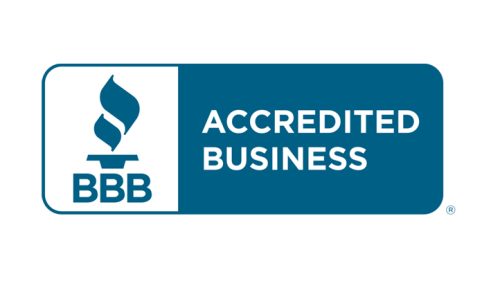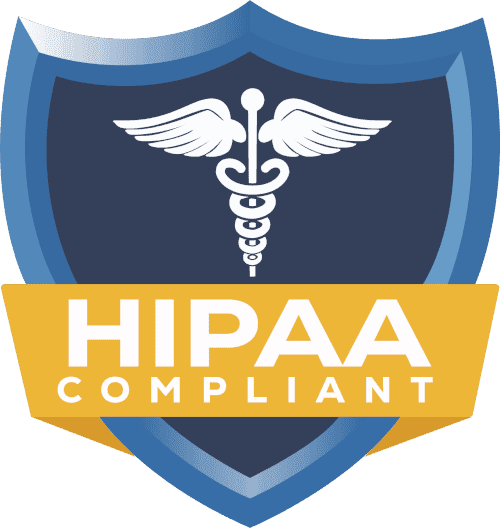Hidden Costs of CAQH Credentialing and How to Avoid Them

CAQH ProView makes the paper-based provider credentialing process easier because payers can access one web-based profile that shows licenses, education, malpractice history, and practice locations. But CAQH credentialing can also hide costs that slowly drain time and money. This post lifts the veil on these hidden costs, explains why they happen, and gives you clear steps you can take right away to prevent them.
This guide is for medical professionals, practice managers, billing companies, and healthcare startups who want to stop surprise charges and speed up credentialing so providers can work and claims can be paid faster.
Why Hidden Costs Occur in CAQH Credentialing
Hidden costs rarely come from a single issue. They are usually a series of small problems that, when added up, can cost a company a large amount of money through staff overtime, missed claims, lost revenue, or delays in meeting contract requirements. These problems occur because of:
Unfinished profiles
Missing certificates, expired licenses, or gaps in employment must be corrected, and this slows the credentialing process.
Poor data quality
Typing errors, incorrect names, wrong dates, or wrong NPIs lead to payer rejections.
Lack of audit readiness
Missing paperwork during payer audits causes time-consuming remediation.
Lapse of reattestation
Missed reattestation deadlines create urgent remediation tasks.
State and payer variations
Different payers and state Medicaid programs require different documents. Treating them as “one size fits all” causes delays.
Ad hoc, manual processes
No checklists, no templates, and no clear owner lead to inconsistent and error-prone credentialing.
Untrained workers
Well-meaning staff make mistakes if they are not trained.
Vendor hidden costs
Low advertised prices often exclude rush requests or maintenance work.
The outcome: Days or weeks of lost revenue, which becomes ongoing waste month after month.
Common Mistakes That Lead to Extra Fees
Posting low-quality or untitled documents
Payers reject blurred, rotated, or unreadable scans. Every correction takes staff time and may require rush delivery.
Cost impact: 30–90 minutes per correction and possible overnight shipping fees.
Inconsistent provider naming
If a provider’s name in CAQH does not match state licenses, NPI, or tax records, identity checks and delays follow.
Cost impact: Delayed panel start dates, missed claims, and extra staff hours.
Lapsed or missing malpractice or state licenses
Providers cannot be paneled without proper documentation. Getting replacements or retroactive records takes time.
Cost impact: Claim denials, retroactive claim enrollment, and provider downtime.
Missing reattestation deadlines
Attestation and recredentialing windows differ. Missing one can lead to emergency work and extra fees.
Cost impact: Rush fees, emergency remediation, and rework.
Missing payer-specific attachments
Treating all payers the same causes repeated follow-ups.
Cost impact: Higher operating costs, vendor fees, and delays in effective dates.
Manual and non-standardized workflows
Ad hoc processes are slow and often cause errors.
Cost impact: More time per provider, lower accuracy, and higher denial rates.
Choosing the wrong vendor package
Low-cost packages may exclude appeals, reattestations, or payer enrollments. These add up later.
Cost impact: Paying premium rates for add-ons, appeals, or rework.
How Delays in CAQH Updates Affect Reimbursements
Credentialing is not just another administrative task. It has a direct financial impact.
Payer panel start delays
If a provider is not on the panel in time, claims may not be paid or may be paid at a lower rate.
Denial of claims
Payers may deny claims due to credentialing errors, and appeals consume staff time.
Retroactive dates are not guaranteed
Some payers offer retroactive effective dates, but many do not. Lost earnings may not be recovered.
Provider downtime
New or contracted providers who cannot bill create lost time and lost revenue for the practice.
Delays are not small inconveniences. They hit the bottom line.
The Role of Data Accuracy in Avoiding Hidden Costs
The best defense against hidden costs is accurate data. Small mistakes can turn into major issues. Use these practices:
- Normalize names: Use legal names as shown on state licenses and NPI registry, including suffixes.
- Centralize and store master documents: Keep authenticated copies of licenses, diplomas, DEA, malpractice declarations, and CVs.
- Check NPI entries and taxonomy codes: Compare with NPPES to avoid rejections.
- Use standard date formats: Avoid unclear or mixed date styles.
- Prepare a complete credentialing packet for each provider: Include payer-specific documents, CV, licenses, malpractice coverage, and signed attestations.
- Set reminders: Add 90, 60, and 30-day alerts for each attestation or recredentialing window.
- Train staff on payer rules: Ensure staff understand payer quirks and can spot issues early.
These steps reduce rework and prevent unnecessary expenses.
How Credex Healthcare Prevents Costly Credentialing Errors
Credex Healthcare builds strong workflows to eliminate hidden costs.
Audit-first workflows
We identify missing documents and discrepancies before updating the CAQH profile.
Standardized credentialing packets
Weekly packets include all payer-specific attachments, reducing repeated follow-ups.
Specialized credentialing experts
Each provider is assigned a specialist to manage the entire process and keep it consistent.
Active reattestation management
We track all deadlines automatically, so no date is missed.
Transparent pricing
We show what is included and what is not, so you avoid surprise fees.
Volume pricing and bundles
Bundles reduce the cost for multi-provider groups by including maintenance and appeals.
ROI tracking
We measure credentialing speed, panel start dates, and revenue impact to support data-driven decisions.
Best Practices for Maintaining an Active CAQH Profile
- Prepare a credentialing packet template for all providers.
- Conduct quarterly audits of all active provider profiles.
- Assign a credentialing owner for CAQH updates and reminders.
- Verify NPIs and legal names before submission.
- Scan documents in high quality and label them clearly.
- Automate reminders for attestations and license renewals.
- Bundle CAQH payers to reduce repeated data entry and speed up paneling.
- Vet vendors carefully and confirm what services are included.
- Share knowledge across staff to avoid bottlenecks.
- Track performance metrics like time to panel, credentialing-related denials, and rework hours.
FAQs
Q: What are the most frequent hidden costs in CAQH credentialing?
Extra staff hours for rework, shipping or notarization costs, expedited fees, vendor add-ons, and lost revenue from late paneling or rejected claims.
Q: How can providers avoid additional charges?
A: Use complete credentialing packets, correct legal names, clear document scans, active reattestation tracking, and either trained internal staff or an experienced vendor.
Q: Why does inaccurate provider data cause extra charges?
Errors lead payers to request corrections or deny applications, which wastes staff time, increases vendor work, and delays paneling.
Q: Can outsourcing CAQH credentialing reduce hidden costs?
Yes. Experienced vendors handle audits, maintenance, and appeals. This shifts risk, reduces internal rework, and speeds up paneling.
Q: How often should providers update CAQH profiles?
Update whenever there is a major change (license, address, hospital affiliation, or malpractice history). Do a full annual review and schedule reminders based on payer timelines.
Final Thoughts
CAQH ProView works well only when profiles are accurate, complete, and updated. Hidden costs appear when processes are unorganized and inconsistent. With clean data, a clear owner, strong workflows, and steady maintenance, you can reduce denials, save money, and speed up revenue.
Credex Healthcare can audit one provider profile or a group of profiles. We provide a clear report with corrections and potential savings. Tell us how many profiles you want us to review, and we will build a simple, actionable plan.



















